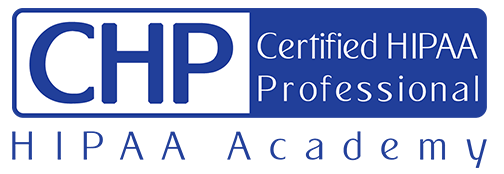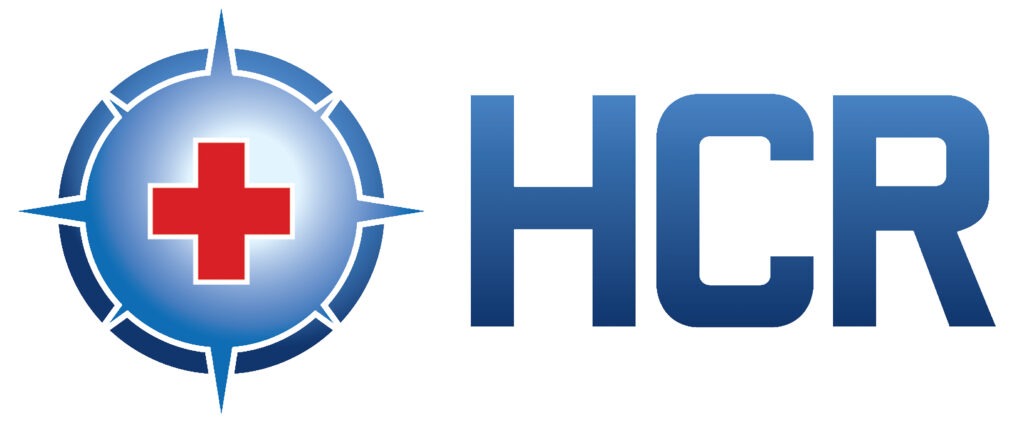- 210.616.2030
- admin@hcr-audit.com
- Mon - Fri: 8:00am - 5pm

Start-Up Fee | Secure 360 Base Price |
$299 | $2,095 |

Compliance Consulting includes reviewing existing compliance manuals, advising on patient terminations, reviewing and assisting with responses to federal and state regulatory agency and/or legal inquiries or investigations related to healthcare compliance. This service does not include conducting compliance audits and/or direct involvement in resolving workplace compliance matters. NOTE: A one-time office Mini-Audit walk-thru is billed at a flat rate of $815 and includes a Top 3 discrepancies report.


Answer:
No. These types of footwear have inadequate grip resistance. We recommend comfortable tennis shoes or any close-toed shoe.
The OSHA occupational foot protection standard at 29 CFR 1910.136(a) requires the use of protective footwear when employees are working in areas where there is a danger of foot injuries due to falling or rolling objects, or objects piercing the sole, and where there is a possibility of the employee’s feet being exposed to an electrical hazard
Answer:
A) Within 30 days after the initial installation of radiation machines.
B) Within 30 days after reinstallation of a radiation machine.
C) Within 30 days after repair of a radiation machine component that would affect the radiation output that includes, but is not limited to, the timer, tube, and power supply.
Frequency of EPEs: for x-ray and CBCT systems, EPEs must be performed at the frequency listed below.
CBCT – Annually not to exceed 14 months from the prior EPE
All other Dental X-ray – Four years from the date of prior EPE
Answer:
Over-the-Counter Drug Waste
Over-the-counter medications, such as those used to control headaches, allergies, and colds, can be purchased without a prescription. However, you must still handle and dispose of these medicines properly as they can contaminate our waters if dropped down the toilet or sink. If placed into the trash, they can contaminate landfills and runoff.
Even over-the-counters drugs can cause illness or injury if misused by children and even adults. Consumers can dispose of these drugs along with other medications through methods such as a mailback envelope or drop-off receptacle.
Non-Controlled/Non-Hazardous Prescription Drug Waste
Non-controlled/non-hazardous prescription medications1 include those used to treat high blood pressure, diabetes, and bacterial infections. These drugs can also contaminate our waters and landfills. They can be very dangerous if taken by those for whom they are not prescribed.
In some states, it is against state regulations for providers to place these drugs into the trash. These drugs can be sent for disposal at a medical waste incinerator.
Controlled Drug Waste
Controlled substances are categorized into five schedules “depending upon the drug’s acceptable medical use and the drug’s abuse or dependency potential.”2 Schedule I substances, such as heroin and ecstasy, have no accepted medical use and are easily abused. Schedules II are prescription drugs that are most likely abused, such as hydrocodone. Schedule V medications are the least likely to be abused of the controlled substances. They consist of very limited amounts of narcotics, e.g., Robitussin AC and Lyrica.
Controlled drug waste must be managed according to the Drug Enforcement Agency (DEA). Inventory-controlled drugs can only be disposed of through special measures such as a reverse distributor.
Prescribed controlled drugs can only be disposed of by the person to whom they are prescribed. Consumers can either obtain a DEA-compliant mail-back envelope from organizations, such as their pharmacy or dispose of their drugs into a DEA-compliant disposal receptacle located at a hospital, pharmacy, or police station.
Answer:
Certain health care practitioners who provide direct patient care must complete an approved human trafficking prevention training course in order to renew their licenses. In order to satisfy the training requirement, the course must be approved by the Texas Health and Human Services Commission.
All Dental Health Care Personnel, including Dentists, Hygienists, and Dental Assistants.
Link to training: https://www.hhs.texas.gov/services/safety/texas-human-trafficking-resource-center/health-care-practitioner-human-trafficking-training
Answer:
I have made x-rays while working as a dental assistant in Texas or in another state. If this applies to you, you must take an RDA Course given by a TSBDE-approved RDA Course Provider and then register with the TSBDE. Once you hold a TSBDE RDA Certificate and display your certificate where you work you may begin making x-rays. The TSBDE does not recognize an RDA Certificate issued by another state.
I have never made x-rays while working as a dental assistant. Select the one that applies to you:
a. Under the direct supervision of a Texas licensed dentist, you may legally make x-rays for one year from the date you begin your employment as a dental assistant. Before this first year of employment ends you will need to take and pass a RDA Course given by a TSBDE-approved RDA Course Provider then register with the TSBDE to continue making x-rays.
-OR-
b. Before you begin employment as a dental assistant, you may take and pass an RDA Course given by a TSBDE-approved RDA Course Provider then register with the TSBDE. Once you hold a TSBDE RDA Registration and display your certificate where you work you may begin making x-rays.